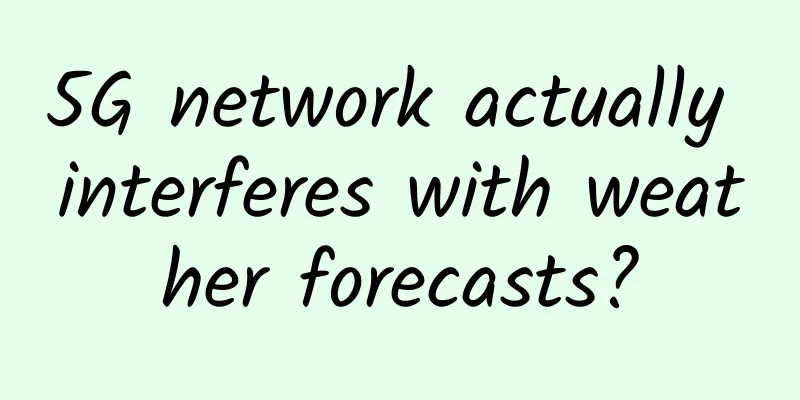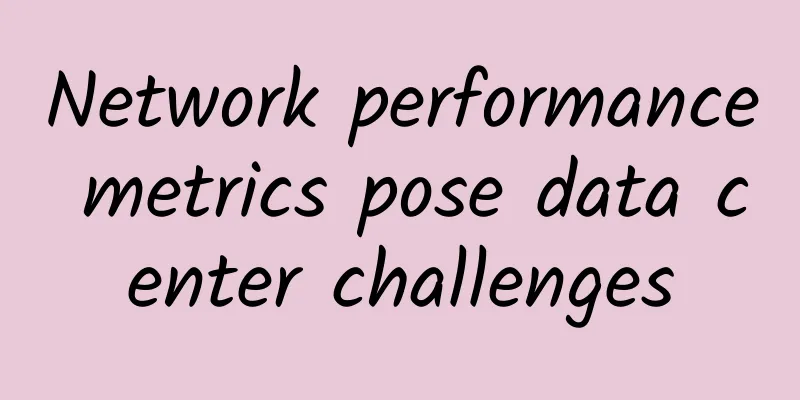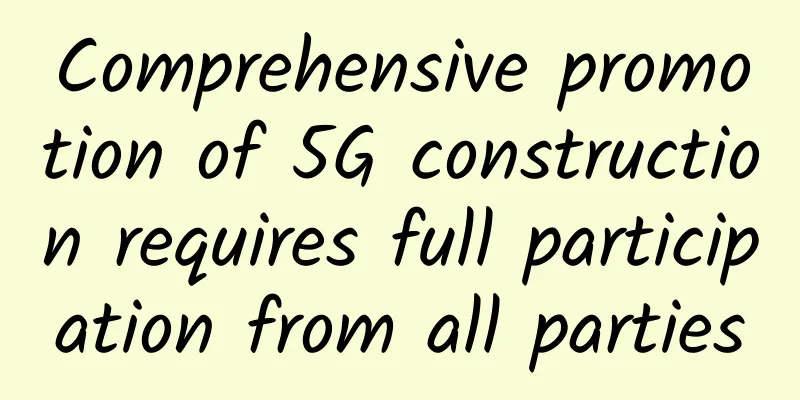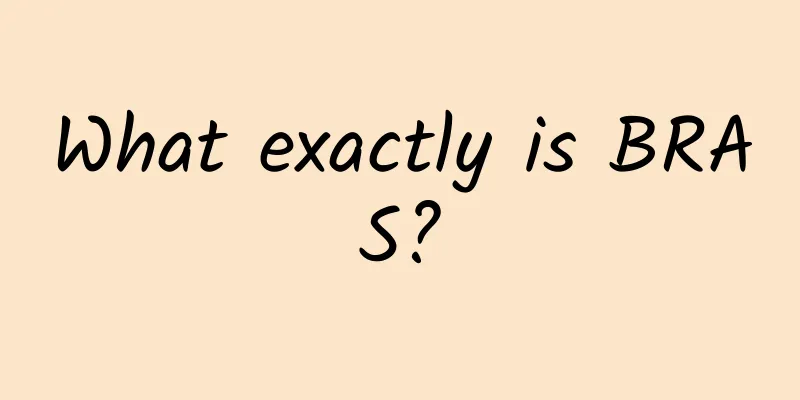5G network actually interferes with weather forecasts?

|
While we are worried about not being able to afford 5G networks and 5G phones, foreign scientists are worried about whether 5G communication networks will affect weather forecasts. Earlier, the British "Nature Magazine" reported that meteorologists warned that 5G communication networks may affect weather forecasts. Later, the US government held several cross-departmental debates on this issue. NASA and NOAA have also said that 5G may affect weather forecasts. So, will 5G networks really interfere with weather forecasts? 5G is the abbreviation of the fifth generation of mobile communication technology. The medium of wireless communication is electromagnetic waves, including radio waves and light waves. Although radio waves are invisible, it does not mean that they can move around. On the contrary, the base frequency is limited. The 5G frequency band can be divided into low, medium and high frequency bands. The frequency bands are roughly 450m to 6G and 24.25g to 52.6g. At the end of 2018, the Ministry of Industry and Information Technology issued licenses for the use of medium and low frequency test frequencies in 5G systems to China Telecom, China Mobile, and China Unicom. Among them, China Telecom and China Unicom have obtained licenses to use the 3.5G frequency band test frequency; China Mobile has obtained a license to use the 2.6g and 4.9g frequency band test frequencies. In China, the frequency bands currently used by Fengyun meteorological satellites are 1307g and 1700g, which will not interfere with the 5G system for the time being, but this does not mean that 5G will not conflict with other satellite communication signals. For example, China Mobile's frequency band may conflict with the communication frequency band of Beidou satellites, and corresponding isolation measures need to be taken. Even so, the actual situation is not as serious as reported by foreign media. Because each country uses different 5G frequencies. Moreover, it is not difficult to eliminate frequency interference. It is the same as the radio channels we usually listen to. Just control it and distribute it reasonably. Moreover, even if the frequency really collapses, there are remedies, and filters and isolation belts are good means. The filter is installed at the receiving end, which can effectively filter, increase the directivity of the receiving end, shield noise, and obtain the required signal and the information it carries; the isolation belt can reduce the bandwidth, so that a safe distance is maintained between each other, and no overlapping interference will occur. So, what are your concerns about 5G? |
<<: How to open a 5G automatic account? Let’s follow Brother K to find out!
>>: Operators are cutting marketing expenses, so how can agents survive?
Recommend
Four Best Practices for Network Cable Management
If a cabling project is to be successful, you fir...
HPE Aruba Networking launches new AI network security and visibility products to effectively combat generative AI security threats
At the RSA Conference, HPE Aruba Networking annou...
IP address planning in corporate intranet, you should master these 6 points!
Intranet is the implementation of Internet techno...
Four challenges in securing multi-cloud networks
Today's organizations are not only actively m...
Aruba SD-WAN and cloud security products are now available on AWS Marketplace (China), building secure edge-to-cloud connections
In the cloud-first era, the relationship between ...
5G speed is already incredible, is 6G network coming?
Now 4G network signals have been popularized all ...
Why are “low-altitude economy” and “synaesthesia” worth paying attention to?
At the beginning of the year, the central and loc...
Headline: Determine whether it is an IP address
This question has a tricky part. It asks you to d...
What is QoS technology? What are its functions?
QoS (Quality of Service) refers to a network'...
Tencent Cloud Lighthouse Care, help you get up to 200 yuan in coupons
Tencent Cloud recently launched a lightweight wor...
Alibaba Cloud Server Special Offer, Personal Cloud Server as low as 0.95% off, annual payment starting from 96 yuan
Various promotional activities are being carried ...
New breakthrough in 5G technology: The cost of millimeter wave equipment has been greatly reduced, and antennas can be directly "printed"
Researchers at Georgia Institute of Technology, N...
One article explains what is VLAN, Layer 3 switch, gateway, DNS, subnet mask, MAC address
Last time we published what is arp address? What ...
When will 5G transform the manufacturing industry?
5G not only offers faster connections and more ba...









